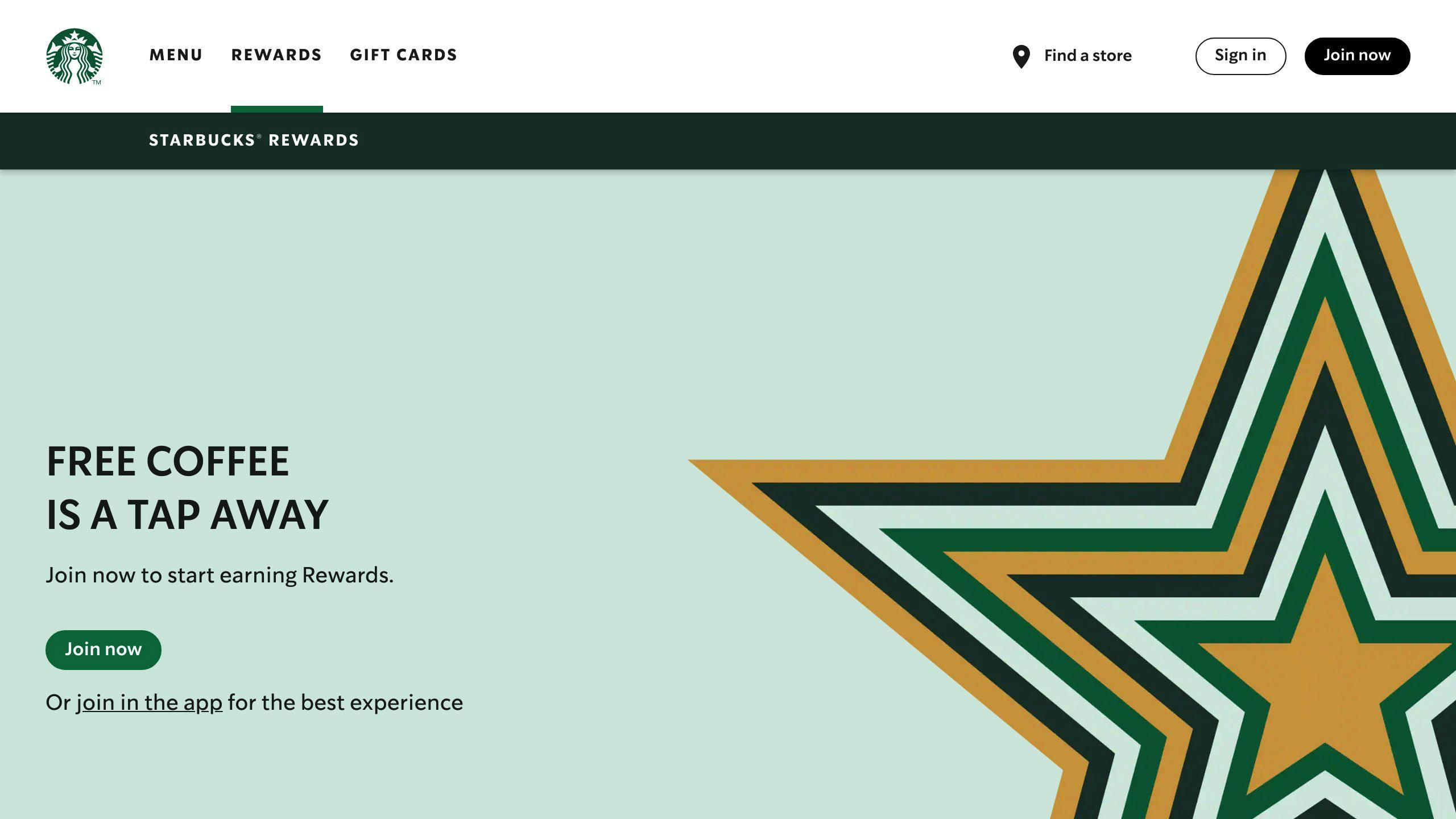June 16, 2024

AI-driven gamification combines artificial intelligence (AI) with game elements to create personalized, interactive experiences for restaurant customers. By offering tailored rewards, challenges, and leaderboards, restaurants can:
Key BenefitDescriptionCustomer LoyaltyPersonalized experiences encourage repeat visitsHigher SpendingEngaged customers try more menu itemsBetter ExperienceTailored rewards and challenges create excitementCustomer InsightsData allows refining offerings and services
While implementing AI-driven gamification, restaurants should:
By embracing AI-driven gamification, restaurants can stand out in a competitive market, drive customer loyalty and retention, and achieve long-term success.
Restaurants face tough competition, and keeping customers loyal is key. Here are some hurdles:
Many restaurants compete for customers' attention. A study shows that increasing customer loyalty by just 5% can boost profits by 25% to 95%. So, restaurants must find ways to keep customers coming back.
What customers want keeps changing. With food delivery and online ordering, they expect a smooth, personalized experience. Restaurants need to adapt to these shifts.
Many restaurants don't offer personalized interactions, making it hard to build emotional bonds with customers. Understanding customer preferences is crucial for creating loyal relationships. Restaurants must collect and analyze customer data to tailor experiences.
Common ApproachBetter ApproachGeneric experiencesPersonalized experiencesStatic rewardsTailored, dynamic rewardsLimited engagementInteractive experiences
Personalized, interactive experiences can help restaurants stand out and foster customer loyalty in a crowded market with evolving tastes.
Combining AI with game elements can help restaurants keep customers coming back. This approach, called AI-driven gamification, creates fun, interactive experiences tailored to each customer.
Games are engaging because they offer:
By adding game-like features, restaurants can build emotional connections with customers. This makes the experience more enjoyable and gives customers a sense of accomplishment, encouraging them to return.
AI takes gamification to the next level by personalizing the experience for each customer. By analyzing data on customer preferences and behaviors, AI can:
Traditional GamificationAI-Driven GamificationGeneric rewards and challengesPersonalized rewards and challengesStatic experienceAdapts to customer responsesLimited data insightsUses customer data for personalization
With AI, gamification becomes a dynamic, customized experience that keeps customers engaged.
Restaurants using AI-driven gamification can expect:
By providing a unique, interactive experience, restaurants can:
AI-driven gamification offers an innovative way for restaurants to attract and retain customers in a crowded market.
AI-driven gamification starts by collecting data about customers from various sources:
This data helps AI systems understand each customer's interests and behaviors.
Using the customer data, AI systems create personalized gamification experiences, including:
By tailoring the experience, AI-driven gamification increases customer loyalty and satisfaction.
AI-driven gamification can be seamlessly integrated with existing restaurant systems, such as:
Restaurant SystemIntegrationLoyalty ProgramsLeverage customer data and rewardsPoint-of-Sale (POS)Track purchases and offer incentivesMobile AppsProvide gamification features and updatesOnline OrderingOffer challenges and rewards for orders
This integration allows restaurants to use their current infrastructure and data to create an effective gamification strategy, maximizing its impact on business results.
To create a successful AI-driven gamification strategy, several key elements must work together seamlessly.
First, identify your goals and target customers. Ask:
Understanding your objectives and audience allows you to tailor the gamification experience to resonate with your customers and drive desired outcomes.
Engaging game features are crucial for capturing customers' attention and motivating participation. These can include:
These elements create a sense of competition and achievement. AI can analyze customer behavior and preferences, adjusting the experience in real-time to keep customers engaged.
Personalized rewards motivate customers to continue participating. AI can analyze customer data and preferences to offer tailored rewards that customers will appreciate, increasing the likelihood of redemption and driving loyalty. Relevant, appealing rewards create a sense of value and appreciation among customers.
Continuously monitor customer behavior and feedback, and use this data to refine the gamification experience. By making adjustments as needed, restaurants can ensure the gamification experience remains engaging and effective in driving customer loyalty and satisfaction over time.
Implementing AI-driven gamification strategies in restaurants can significantly boost customer engagement, loyalty, and revenue. By incorporating game-like elements, restaurants can create an interactive and enjoyable experience for customers, encouraging them to return.
AI-driven gamification can motivate customers to visit more often and remain loyal by providing personalized experiences tailored to their preferences and behaviors. Offering rewards, challenges, and leaderboards encourages participation and fosters a sense of commitment to the brand.
The increased engagement and loyalty resulting from AI-driven gamification can lead to higher customer spending per visit. As customers become more invested in the restaurant's brand, they are more likely to make repeat purchases and try new menu items, driving revenue growth.
Personalized gamification experiences can significantly enhance the overall dining experience, making it more enjoyable and satisfying for customers. By offering tailored rewards and challenges, restaurants can create a sense of excitement and anticipation, leading to increased customer satisfaction.
The data collected through gamification provides valuable insights into customer preferences, behaviors, and habits. By analyzing this data, restaurants can refine their marketing strategies, menu offerings, and customer service, ultimately leading to a more personalized and effective customer experience.
BenefitDescriptionIncreased Customer Visits and LoyaltyPersonalized experiences encourage customers to visit more often and remain loyal.Higher Customer SpendingEngaged and loyal customers are more likely to make repeat purchases and try new menu items.Improved Customer ExperienceTailored rewards and challenges create a sense of excitement and satisfaction.Better Understanding of Customer PreferencesData insights allow restaurants to refine their offerings and services.
When using AI-driven gamification in restaurants, it's crucial to consider and plan for potential challenges. By being proactive, restaurants can ensure a smooth and effective gamification experience for customers.
One key concern is safeguarding customer data and privacy. Restaurants must:
To build trust, restaurants should:
Restaurants must strike a balance between gamification and the core dining experience. Gamification elements should not overshadow food quality, service, and the overall dining experience.
To achieve this balance, restaurants can:
Gamification IntegrationDining Experience EnhancementRewards and challenges for trying new menu itemsEncourages exploration of menu offeringsLoyalty program integrationEnhances customer retention and engagementComplementary gamification elementsEnhances the overall dining experience
Restaurants must be cautious not to overwhelm customers with too many gamification elements or repetitive challenges, leading to fatigue or disengagement.
To avoid this, restaurants can:
Some restaurants and food chains have used gamification well to boost customer engagement and loyalty. Let's look at a few examples:

Starbucks Rewards is a great example of using AI for personalized gamification. With AI, Starbucks offers rewards and challenges tailored to each customer's preferences. The program has helped increase loyalty, with over 28.7 million active members. Rewards members account for 55% of Starbucks' U.S. operating revenue.

McDonald's Monopoly Promotion is another successful gamification example. For over 30 years, this promotion has used a game-like approach to encourage customers to buy McDonald's products. By collecting game pieces and redeeming prizes, customers are motivated to visit McDonald's more often, increasing sales and engagement.
RestaurantGamification StrategyResultsChipotle"Scarecrow" campaign with a game promoting sustainable farmingWon awards, increased customer engagementDomino's PizzaDomino's Pizza Hero mobile game for creating and ordering pizzasDrove sales, increased brand awareness
These examples show how AI-driven gamification can boost customer engagement and loyalty in the restaurant industry.
As AI-driven gamification grows in the restaurant industry, here are some upcoming trends and chances to explore:
VR/AR tech could make gamification experiences more engaging in restaurants. Imagine:
VR/AR can create new interactive experiences that blend the physical and digital worlds.
For example, restaurants could use AR to bring menus to life. Customers could:
This could boost customer engagement, drive sales, and give a competitive edge.
Another trend is combining gamification with other AI systems like:
This could enable highly personalized experiences. Restaurants could tailor gamification to individual customer preferences, behaviors, and loyalty program interactions.
For instance, a recommendation engine could suggest personalized rewards and challenges based on a customer's order history and preferences. This would create a seamless, engaging experience, increasing loyalty and retention.
There's an opportunity to apply gamification to other restaurant operations, such as:
Gamifying these processes could:
OperationPotential GamificationEmployee TrainingInteractive simulations and challenges to teach new skillsSupply Chain ManagementGamified processes for optimizing logistics and reducing wasteInventory ControlGamified systems for accurate stock tracking and ordering
For example, gamified training programs could use simulations and challenges to teach employees new skills and promote knowledge retention. This could lead to better customer service, increased employee engagement, and reduced training costs.
These emerging trends and opportunities show the vast potential of AI-driven gamification in the restaurant industry. By embracing these innovations, restaurants can stay ahead, drive customer engagement, and achieve long-term success.
In this article, we explored how combining artificial intelligence (AI) with game elements can boost customer engagement and loyalty in the restaurant industry. This approach, called AI-driven gamification, creates personalized, interactive experiences tailored to each customer's preferences and behaviors.
AI-driven gamification offers several advantages for restaurants:
While implementing AI-driven gamification, restaurants should address potential challenges, such as:
ChallengeSolutionProtecting Customer DataImplement robust data security measures and obtain customer consentBalancing Gamification and DiningEnsure gamification enhances the overall dining experienceAvoiding Customer FatigueRegularly update challenges and rewards, offer personalized experiences
AI-driven gamification presents a powerful opportunity for restaurants to stand out in a competitive market. By creating personalized, engaging experiences, restaurants can drive customer loyalty and retention, ultimately leading to long-term success.
We encourage restaurant owners and managers to explore and implement AI-driven gamification strategies to enhance customer engagement and loyalty.

Enter your information in the form to receive a call from Loman and place an order like a customer would!